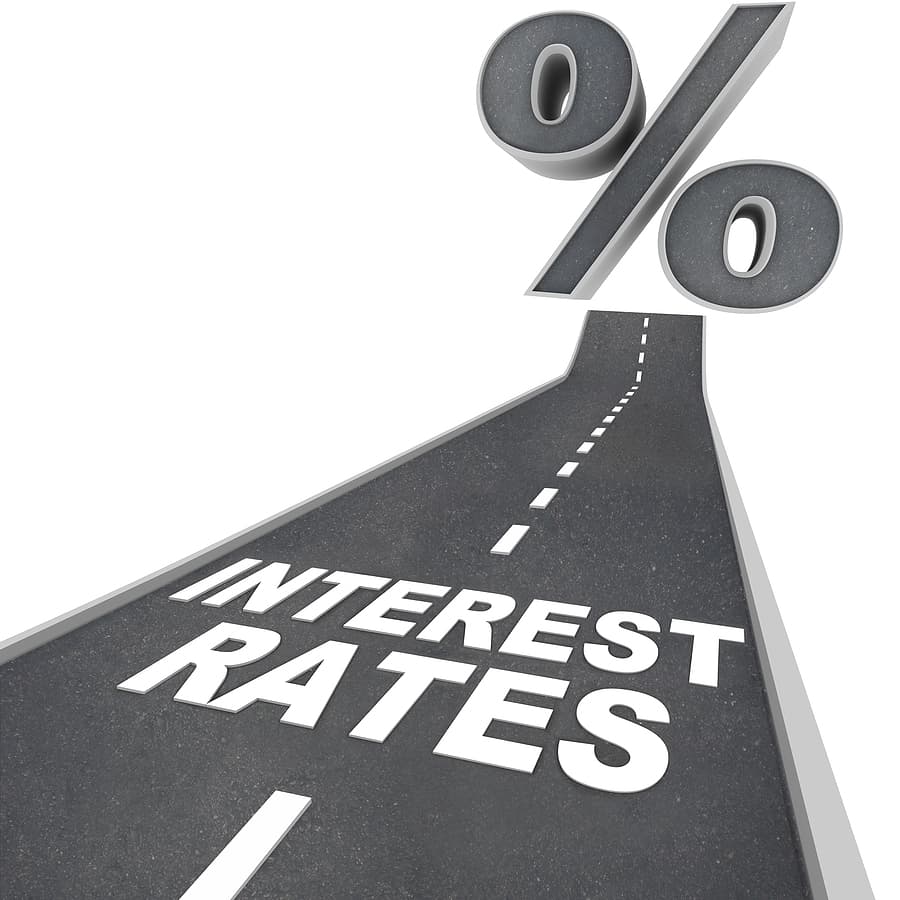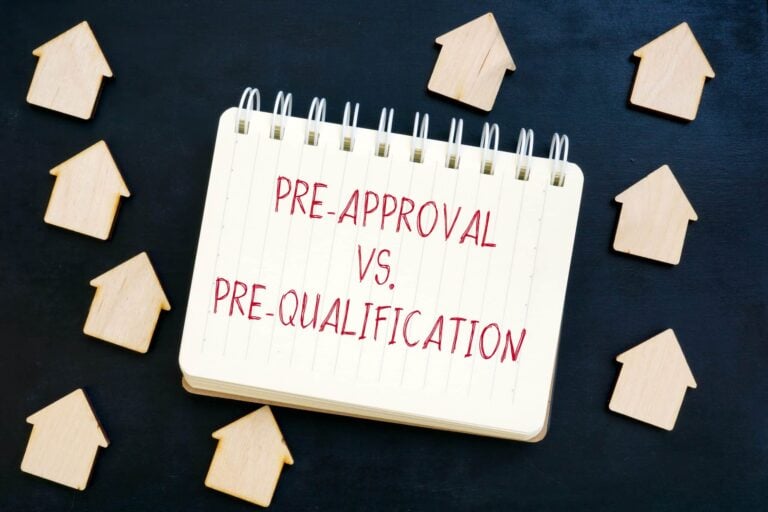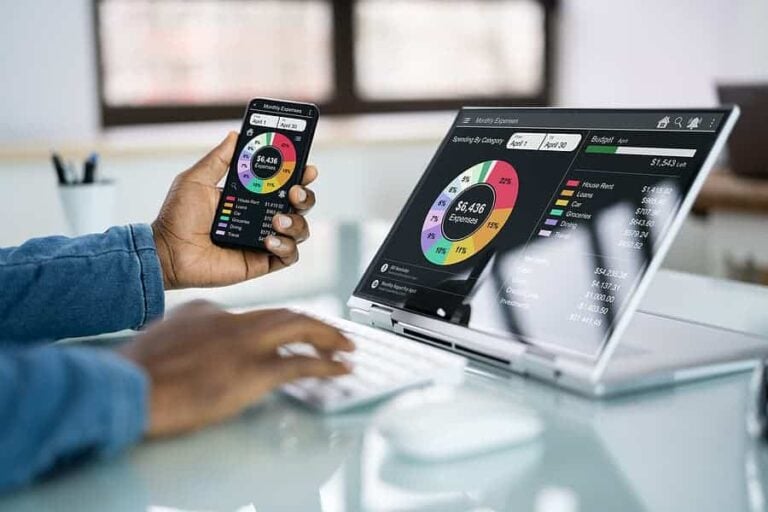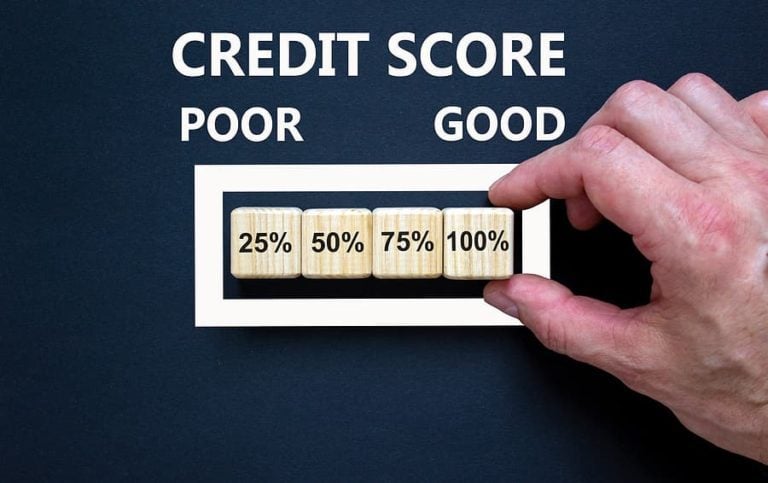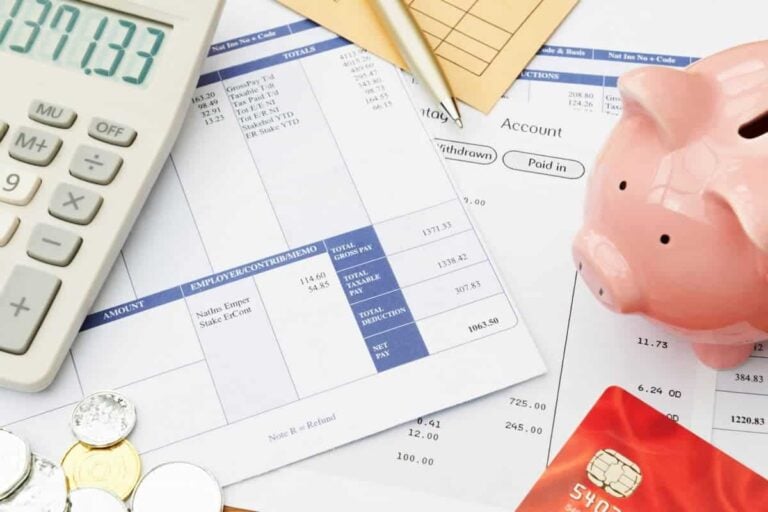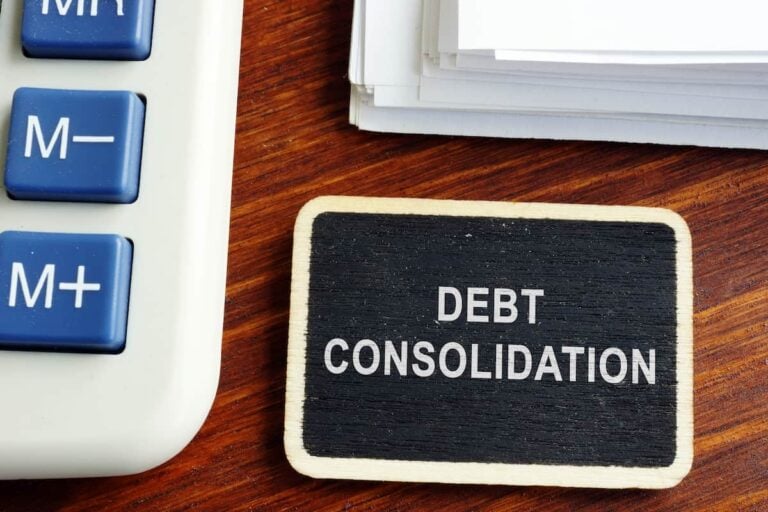Inflation has become a major problem for the majority of Americans. Even by the end of 2021, nearly half of Americans (45%) were experiencing a moderate to severe hardship due to the inflation and rising prices. Since then, things have only gotten worse.
That’s why the Federal Reserve has announced a new policy shift: raising interest rates to help offset and curb inflation.
Are you wondering how higher interest rates might impact your personal finances? Are you currently attempting to compare interest rates to find the best deal on a loan or credit card? Learn everything you need to know to navigate interest rates below.
What Are Interest Rates?
The most basic interest rate definition defines these rates as the cost of borrowing money. That’s because interest is what gets charged when you take out a loan or spend credit on a credit card. We’ll provide an example to help you further define interest rate meaning and how it plays out in real-world scenarios.
Let’s say you take out a $1,000 personal bank loan. The bank says they’ll charge you 10% interest every year. By the end of the first year, if you haven’t made any payments, then you’ll owe the bank a total of $1,100.
What is the Interest Rate in 2022?
This year, the Federal Reserve opted to raise the federal interest rate slightly. The current federal interest rate is set at 0.75% to 1.0%. Raising the federal interest rate will likely lead many private businesses to also raise their rates as well. As it stands, the average interest rate on 30-year fixed mortgages hovers at around 5.9%. The average annual interest rate on credit cards is around 16.4%. The average interest rate on personal loans varies widely anywhere from 5% to 36%.
When looking at a historical interest rates chart, it’s clear that interest rates are high right now. They’re set to go up more, though, as the Fed hopes to hit at least 3.75% by the end of 2022.
How to Compare Interest Rates
In the example above, interest rates seem pretty straight forward, but the exact interest rate formula you’ll use depends on the terms and conditions of your specific loan or credit card. Depending on your lender, you could face interest payments on a monthly, yearly, or even weekly basis. On a positive side, you could experience a promotional 0% interest rate period where you won’t get hit with any interest at all until a certain time period comes to a close!
If you’re considering taking out a loan or getting a credit card, then it’s crucial to compare the interest rates associated with each deal. Consider the following factors to make the best possible decision:
- The overall interest rate
- How often you get charged interest
- Whether you’re likely to carry a balance month to month
- Whether interest is compounding
- If there are fees or penalties for paying off your principal balance early
Weighing out these factors can help you get the best possible deal.
How to Calculate Interest Rate Payments on Your Loan or Credit Card
Are you wondering how much you’ll really be paying in interest? Here’s how to find out – take your interest rate and multiply it by your principal balance. The total you land at will be the money you’ll be spending directly on interest. Keep in mind that this money will not help you reduce your overall debt burden. It will get paid on top of what you owe.
When Interest Rates Become a Problem
Interest payments make sense, but they can become a major problem if you get trapped in a debt cycle where you can only afford to pay off your minimum due on a debt. Often, lenders will only charge a minimum fee that covers your interest payments. In other words, each month, you make payments, but you’re not actually getting rid of any of your debt. You’re simply paying the lender to continue holding onto that debt! The only way out of this type of situation is to figure out how to pay more than the minimum due or interest fees.
Interest Rates and How They Impact You
Right now, the interest rate hike by the Federal Reserve is a newsworthy topic. Price increases, product shortages, and more have already been the talk of countless news stories for months. Now, rising interest rates will likely cause even more of a shakeup within the economy.
The bad news is that it will cost you more to take out new debt or borrow new money. The good news is that you’ll be getting a good deal if you work to pay off old debt while inflation is high.
Are you currently hoping to pay down some old debt while interest rates and inflation are high? If you apply for a debt relief program, you might be able to maximize your savings even further! See if you qualify for debt relief through one of our programs, and we’ll help you pay down that old debt.

Gabriel Gorelik paves the way for customer service and operations at United Settlement. He is passionate about numbers and holds a strong belief in helping anyone with their debt. Before United Settlement, Gabriel received his BS in Finance & Economics from Brooklyn College. After graduation, Gabriel went on to build his first financial services company where he managed thousands of accounts for business and consumer clients. He understands the importance of client satisfaction, professionalism, and exceeding expectations.
